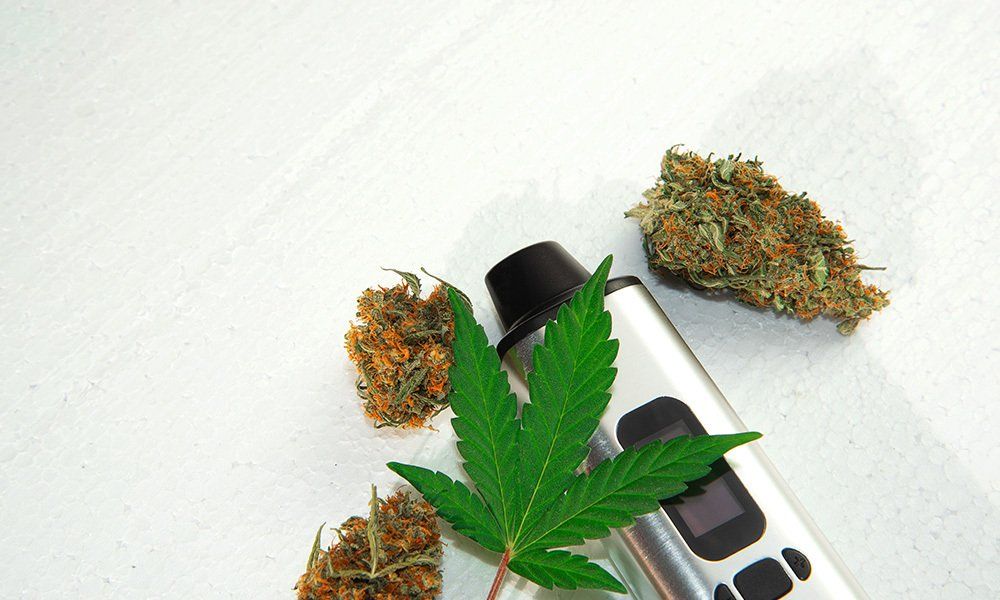Medical Cannabis Recommendation Explained
Since the late 20th century, more US states have openly admitted cannabis has therapeutic potential. Despite this growing acceptance, medical marijuana isn’t the most straightforward prescription to fill at a local pharmacy. In fact, under current US law, marijuana prescriptions are technically illegal.
Anyone interested in medical marijuana has to distinguish between “cannabis recommendations” and “prescriptions.” Misunderstanding these terms could save new MMJ patients from dealing with potentially fraudulent caretakers.
How Do Cannabis Recommendations Differ From Weed Prescriptions?
First off, prescriptions for medical marijuana don’t exist in the USA. Since cannabis remains a “Schedule I drug” at the federal level, it’s illegal for doctors to prescribe it. So, if a clinic offers a marijuana prescription, it’s most likely a fraud.
However, medical marijuana activists discovered a sneaky way around this federal policy. In the landmark 2002 case
Conant v. Walters, lawyers successfully argued that medical marijuana “recommendations” fit the criteria of the First Amendment.
A cannabis recommendation shares some similarities with prescriptions, but it doesn’t allow patients to obtain the drug. Also, cannabis recommendations don’t give specific dosages of weed. So, when a doctor writes one of these recommendations to a patient, they’re just claiming it may be beneficial to add medical marijuana to a treatment regimen.
As a side note, since hemp meets the 2018 US Farm Bill’s standards, doctors could legally prescribe hemp-extracted drugs. Most notably, doctors can legally prescribe the FDA-approved drug Epidiolex to patients with epilepsy.
Interestingly, the cannabinoid drug dronabinol also meets the FDA’s standards. Often sold under the name Marinol, dronabinol is a synthetic form of THC often used for anorexia or HIV/AIDS. Since dronabinol carries an FDA approval, it’s OK for US doctors to prescribe.
What Should Patients Do With Their Cannabis Recommendation?
Holding a marijuana recommendation doesn’t mean patients could walk into a dispensary and pick up some weed. However, once patients have this paper from their doctor, they can apply for a state MMJ card.
Indeed, to qualify for a state-approved MMJ card, patients must include a doctor’s recommendation in their application. Without this recommendation, there’s no chance citizens could get onto their state’s MMJ registry.
Once patients have an MMJ card, they can legally buy THC-containing products from local medical dispensaries. Every state with medical marijuana laws has pre-set daily limits, so patients should keep these in mind when shopping for flowers, tinctures, or edibles. Also, some states only allow MMJ patients to visit one dispensary for all their cannabis purchases.
Although anyone over 21 could buy marijuana in states with recreational weed laws, MMJ cardholders usually enjoy extra benefits. For instance, most MMJ patients could buy more cannabis per day versus recreational customers. People on a state’s MMJ registry could also work with an approved caretaker for cannabis delivery services.
Since every state has different medical marijuana policies, people should visit their local Department of Health’s website for complete details. Patients could also speak with a registered physician for more info on using medical marijuana and successfully applying for a card.





